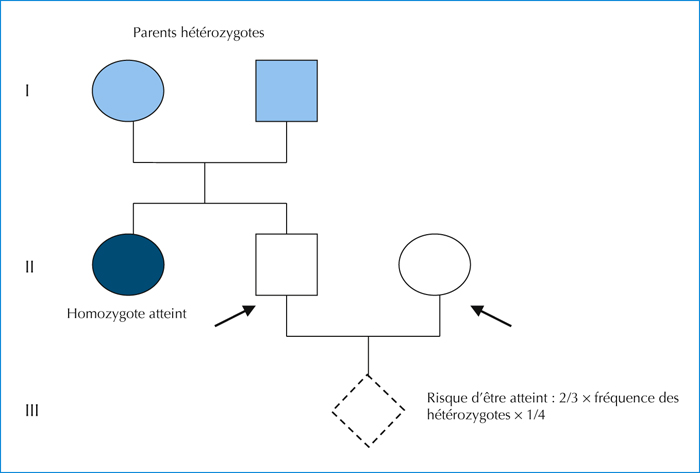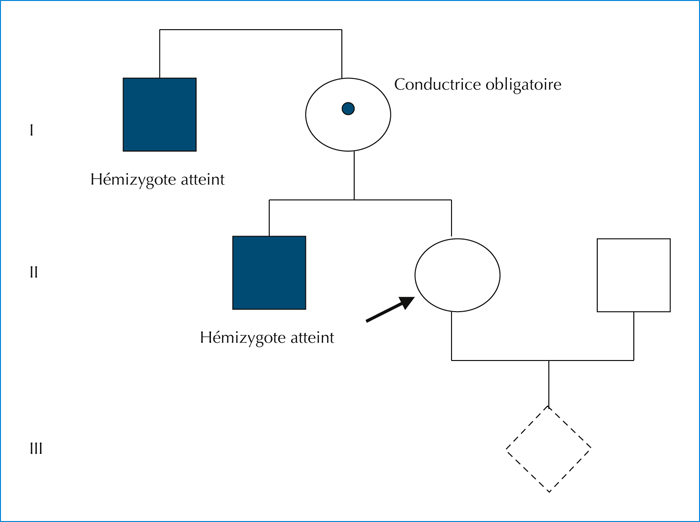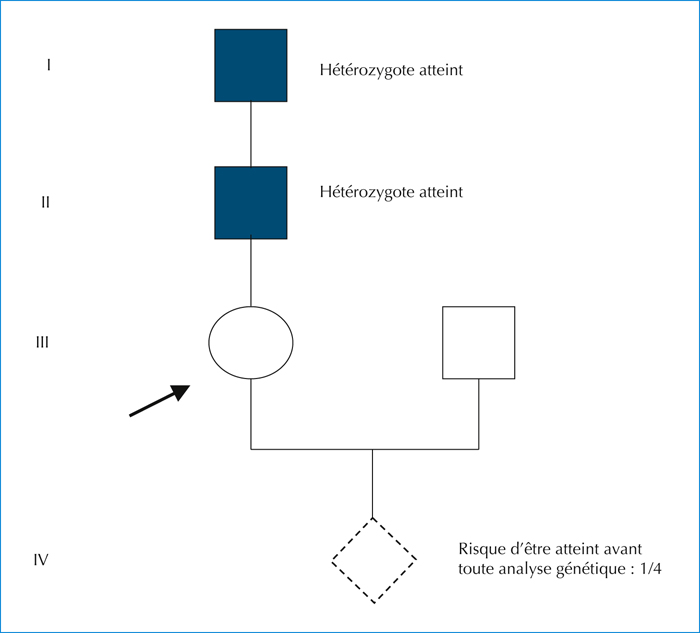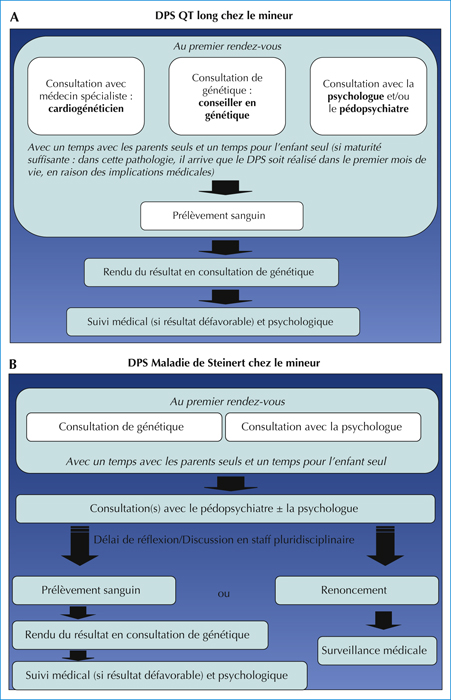Médecine thérapeutique / Pédiatrie
MENUGenetic testing in children Volume 17, issue 1, Janvier-Février-Mars 2014
- Key words: presymptomatic diagnosis, minors, legislation
- DOI : 10.1684/mtp.2014.0506
- Page(s) : 15-22
- Published in: 2014
In recent years, genetics has become a part of medical practice and has provided new diagnostic tools. For healthy individuals, who have relatives affected by an identified genetic disorder, the use of genetics has enabled such individuals to be informed of their own genetic status, with regards to such a disorder, by conducting a genetic test. This may give rise to a presymptomatic diagnosis when the disorder in question is diagnosed at a late stage. In adults, such tests are regulated by law (which stipulates that they may only be conducted by a multidisciplinary team governed by a protocol and registered with the French Agence de la biomédecine). The team must also comply with a certain number of principles, including respect for the “right not to know”, autonomy, confidentiality and “informed consent”. For minors, carrying out such tests is more complex, because certain conditions cannot always be respected. French law (decree no 2000-570 of 23 June 2000) states that, for asymptomatic minors, “genetic testing may only be prescribed if the minor or his or her family can personally benefit from immediate preventative or curative measures.” International recommendations are broader and stipulate that for illnesses which may begin in childhood, even where there is no medical benefit, minors who are mature enough to understand the issues involved in testing, and who can express their consent, should have the right to access presymptomatic diagnosis. In all cases, experience shows that presymptomatic genetic testing must take place over a certain time period, such that the issues can be discussed with each individual with a multidisciplinary team including geneticists, psychologists, psychiatrists, pediatricians, etc.





